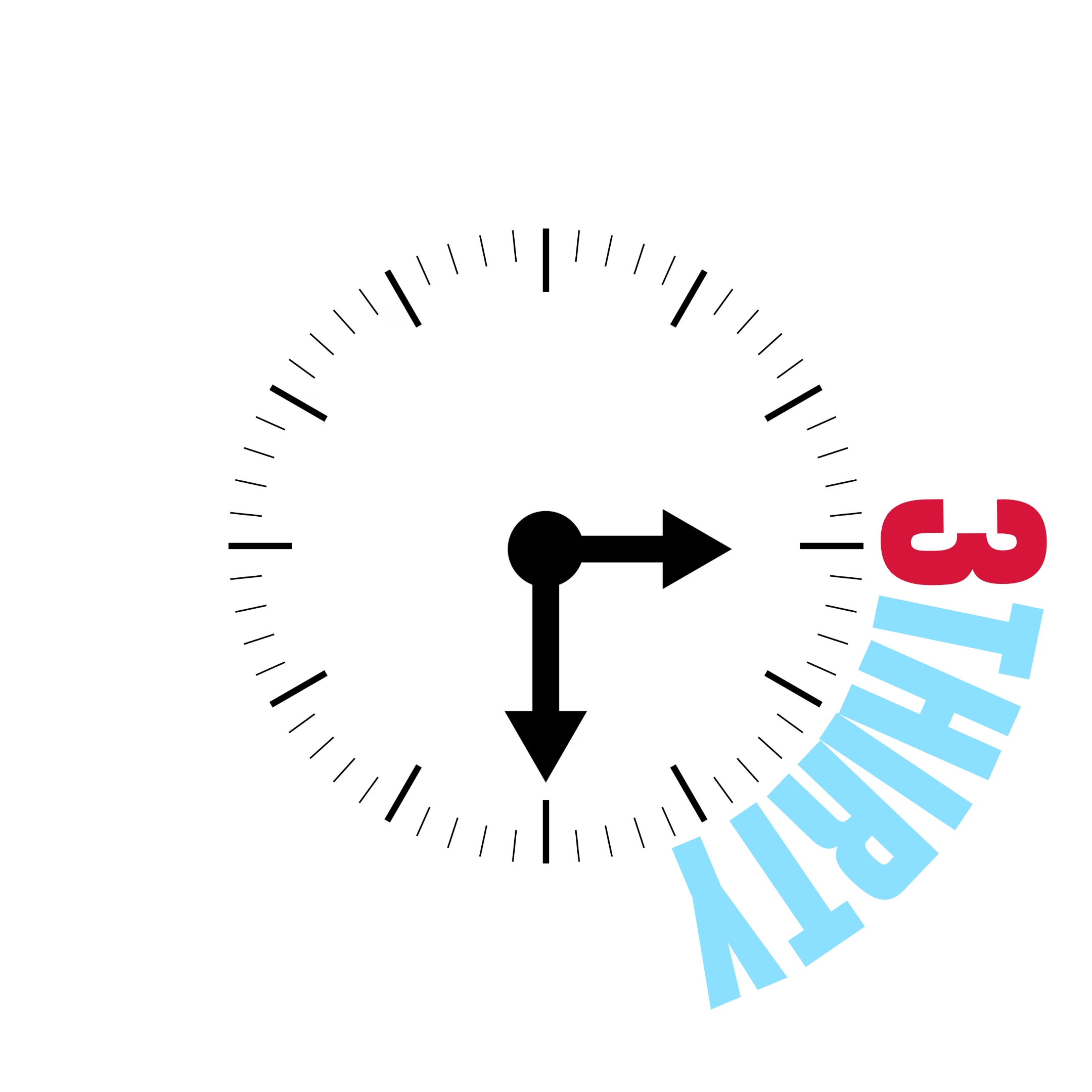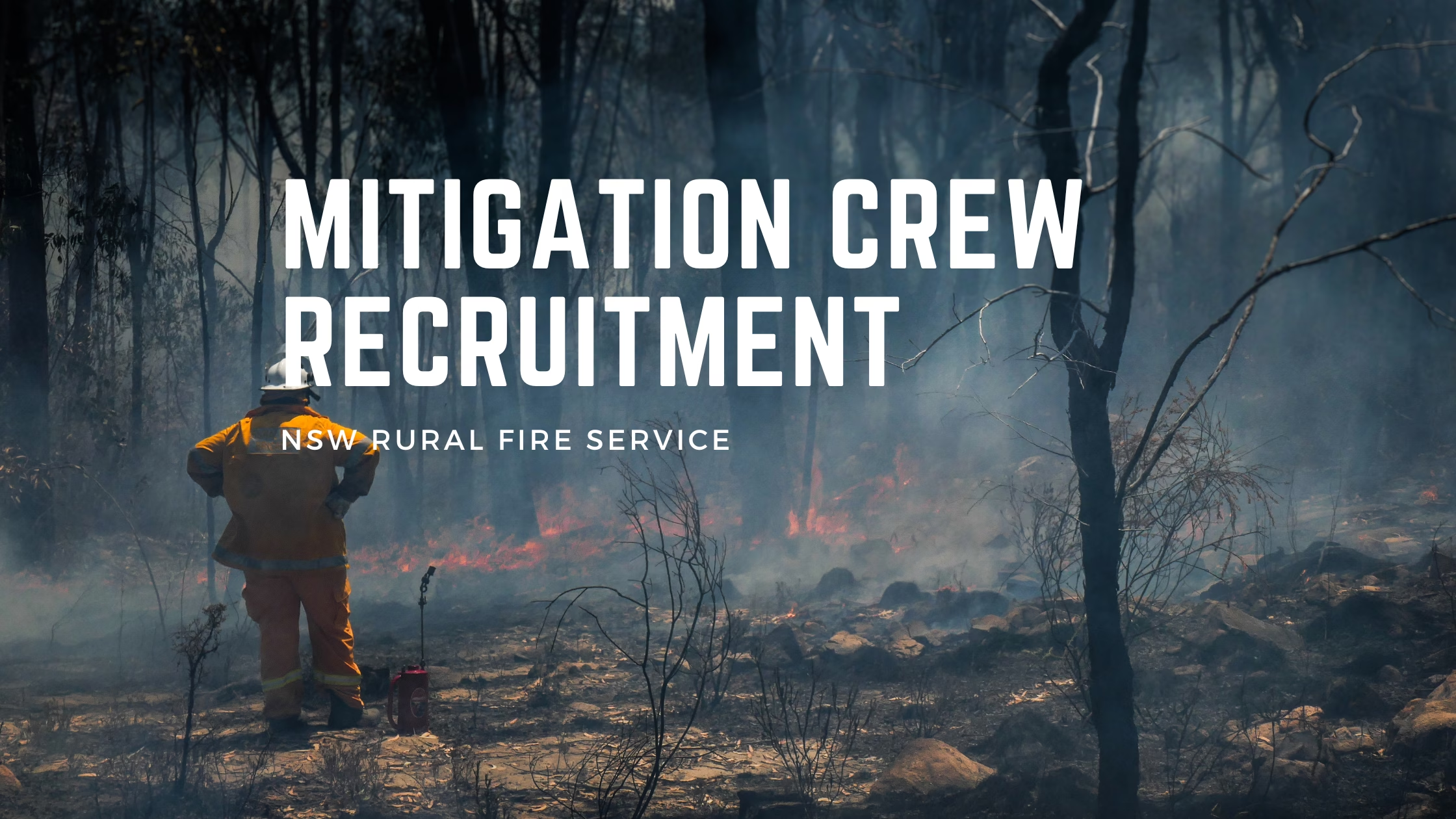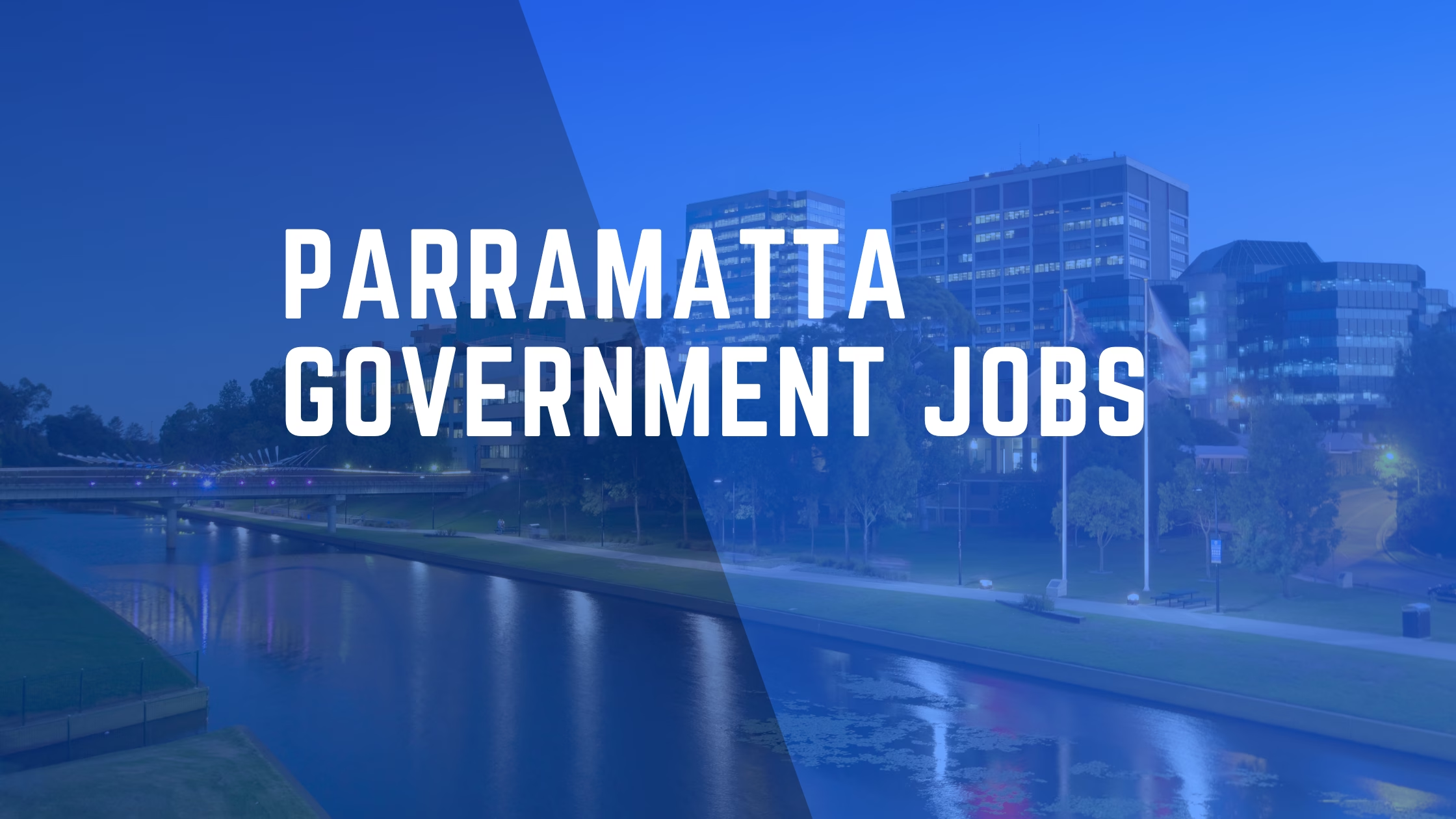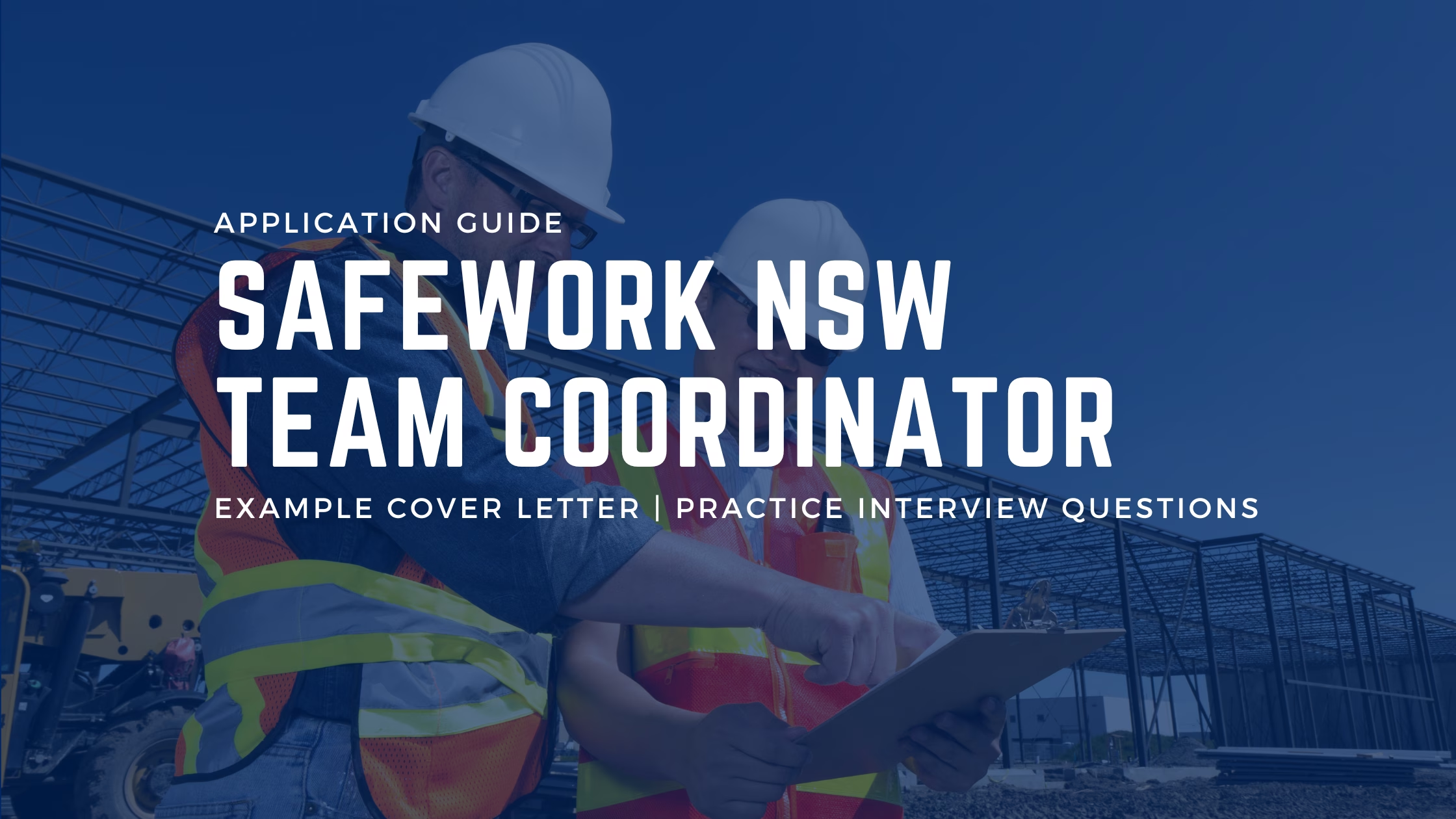Are you preparing for a government job interview and wondering how to stand out? Mastering the STAR Method—short for Situation, Task, Action, and Result—is a proven way to showcase your abilities. In this article, we’ll explore the STAR Interview Method, why it’s essential for government roles, and how to structure your responses to shine in both written applications and panel interviews.
Have you been applying for government jobs and missing out on getting shortlisted?
Did you just walk out of a government interview and feel like you blew it? Or did you get feedback after an interview that you need to be clearer in your examples?
These are really common challenges for anyone trying to transition from the private sector to the public sector.
When a public sector hiring manager is looking to fill a vacancy, they need to clearly assess every candidate. They are just as concerned about finding the best person for the role as they are about being able to defend their decision not to offer the job to others. They need to be in a defensible position when writing their final recruitment recommendation.
To make it easier for those on the hiring panel, candidates are encouraged to use the STAR structure in interviews. This structure—Situation, Task, Action and Result—is widely used across the NSW Public Sector, Local Government roles, and the Australian Public Service (APS).
If you’re heading into an interview and not using the STAR method, you’re making it harder for yourself.
In this article, I’ll share real examples of how to use the STAR method in government interviews. I’ll show you exactly what I look for when I’m sitting on a hiring panel. Plus, I’ll show you how to use the STAR technique to effectively and efficiently prepare your written applications as well.
Table of Contents
What Is the STAR Method?
The STAR Method is a structured approach to answering behavioural interview questions, especially common in government recruitment. STAR stands for Situation, Task, Action, and Result. By organising your interview answers in this format, you provide a clear, concise, and compelling story of your experience.
How To Use The STAR Method In Government Recruitment
Let me start with interviews, but remember, using the STAR framework can help you with any part of the government recruitment process.
The Situation, Task, Action and Result (STAR) structure is used to tell your story in a clear and structured way. Importantly, you can use the STAR structure to demonstrate that you have real, practical and measurable experience that directly relates to the role that you are applying for.
Your Situation
First, the Situation. Here you want to quickly set the scene for the rest of your example. Where did this example occur? What is the relevant context to your example?
For example, “Last year when working as the Senior Project Officer with NSW Health, we had a major restructure”. The situation can be quite short, but should include just enough detail to tell the panel what your challenge was.
Your Task
Once you have set the scene with a clear and concise situation, you then need to get specific about what your task was. Given the situation you were in, what did you need to do and what were you trying to achieve? What outcome were you looking towards achieving? For example “Following the restructure, I needed to review our project schedule and stakeholder map, and identify if any changes were required.”
When you are preparing your STAR method examples, make sure you are really clear on what your task was. This sets up for the panel what it is that you were trying to achieve. Great candidates will align their task with the focus capability being assessed. For example, if you’re telling a story to show how you can think and solve probles, you might say that your task was to “research and analyse the available information and make evidence based recommendations”. This aligns with the behavioural indicators for this focus capability.
When you are describing what your task is, try to keep it clear and simple to understand. You also want to think about what the result was. Did you meet the requirements of what you said your task was? If not, why not and what did you learn?
Your Actions
Next, you need to share clear details on the actions that you took. Usually, this will be the core focus of your answer.
Use this part of your answer to show what you did, and how you did it. Giving strong details on what you have done in a real situation shows exactly what you have experience in. I recommend you give as much detail as possible here, and align this to the focus capabilities being assessed.
If your action was to help a customer, how did you do that? Did you ask them what they needed? Search and find information to help them? Translate that information into useful and easy to understand information? Did you check your information with a supervisor? Did you check that the customer understood your advice?
Whatever the action, expand on it to really show how you did it. The more thorough your answers, the better impression that you are going to make on the panel. If you can give clear details on the process you followed and the actions you took, you will impress on the panel that you do a thorough and effective job. Don’t hold back here, go into the details that show you know what you’re talking about.
Your Result
Now it is time to bring home your example – and share what result your achieved.
After you have given all the details on the actions you took, now you can share what the impact was. Try to link this back to your task. If your task was to help a customer in a difficult setting, did you get that one? Did they have a better outcome? Did the situation improve?
If you can give a measurable result, do it. Giving numbers will instantly elevant your answers. Instead of “as a result, the team’s average processing time reduced” give some numbers. For example “as a result, average processing time reduced from 25 minutes to 19 minutes, resulting in 15 more tasks being completed on average each day”.
By using details on how you measured the results shows that you really think about the impact of your work. Just like details provided in the actions, it will give a strong impression that you really know your work.
Match Your STAR Method Examples to NSW Public Sector Focus Capabilities
Structuring a compelling STAR Method example is only half the equation. You also need to ensure your example aligns with the specific capabilities the hiring panel is looking for. Even the most engaging story won’t stand out if it doesn’t directly relate to the demands of the role.
In government interviews—particularly for NSW Government positions—the focus is on assessing the skills, knowledge, and behaviours known as “capabilities.” It’s vital to familiarise yourself with the NSW Public Sector Capability Framework, which outlines 16 core capabilities. Each capability spans five levels, from foundational through to highly advanced.
If you’re unsure where to start, check out this post on identifying focus capabilities for your target job. And if you’re gearing up for a NSW capability interview, explore these NSW Public Sector interview guides to see exactly what hiring managers expect at each level.
Preparing STAR Method Examples for APS Jobs
Just like in the NSW Public Sector, the Australian Public Service (APS) also values clear, evidence-based examples using the STAR structure. If you’re aiming for an APS role, it’s crucial to familiarise yourself with the Integrated Leadership System (ILS) and Work Level Standards (WLS).
These frameworks detail the skills, behaviours, and responsibilities expected at each classification level—from APS 1 right through to the Senior Executive Service—so understanding them will help you tailor your STAR examples for maximum impact.
Why the ILS Matters for Your STAR Examples
- Roadmap for Success: The ILS describes core capabilities and leadership qualities, from entry-level to executive roles.
- Clear Behavioural Indicators: Each capability comes with examples of what it looks like in action.
- Tailored Interview Prep: Use these indicators to craft STAR (Situation, Task, Action, Result) responses that match the specific capabilities in your job ad.
By aligning your examples with the ILS, you’ll demonstrate that you understand what the APS values and how you already display these qualities. You can get free resources from the APS regarding the ILS here.
Work Level Standards (WLS)
The WLS provide consistent guidelines for classifying APS jobs by defining:
- Characteristics: Broad statements about leadership, accountability, decision-making, and job context at each level.
- Functions: Typical tasks or duties grouped into five categories—Service Delivery, Program/Project Management, Policy, Regulatory, and Professional/Technical.
When preparing your STAR examples, match your examples to the behaviours described for your APS Level. You can check all the APS Work Level Standards here
STAR Method Examples For Government Jobs
To really understand how to use this approach, lets look at seven different examples. Each example is for a candidate with a different background talking about different NSW focus capabilities.
1. Retail – Effective Communication STAR Method Example
Situation: I worked as a retail assistant at a large clothing store. We launched a mid-season promotion, but many customers were confused about what items were discounted.
Task: I was asked to help improve how the promotion was communicated to both staff and customers to reduce frustration and lost sales.
Action: I redesigned the promotional signage so it was simpler, using larger fonts and clear colour coding for the discount tiers. I also created a quick reference guide and led a 10-minute team huddle each morning to ensure staff could confidently explain the offer to customers. I also set up a “promo info” stand near the entrance to proactively answer common questions.
Result: Within a week, customer queries dropped by 40%, our promotion return rate halved, and sales of discounted stock increased by 15%.
2. Call Centre – Think and Solve Problems STAR Method Example
Situation: While working in a telco call centre, we noticed a sudden spike in calls related to billing confusion after a new system update.
Task: My team leader asked me to investigate the issue and suggest a short-term fix to reduce customer complaints while IT worked on a permanent solution.
Action: I reviewed call recordings and logs to identify patterns, then worked with a senior agent to confirm the issue was caused by incorrect auto-generated invoice descriptions. I drafted a temporary call script that explained the issue in simple terms and guided customers through their bill. I also ran a short training session for my team to walk them through how to use the new script effectively.
Result: Customer satisfaction scores improved by 25% within two weeks, average call time dropped by nearly one minute, and I was commended by my manager for taking initiative under pressure.
3. Small Business Owner – Customer Service STAR Method Example
Situation: I owned a small bakery that relied heavily on regular customers placing custom cake orders, but I began to receive complaints about slow responses to online enquiries.
Task: I needed to improve customer communication and service speed to retain loyal customers.
Action: I built a simple online order form with automated confirmation emails and committed to replying to custom enquiries within 12 hours. I also trained my assistant to handle routine enquiries and gave her a library of previous responses. I started personally following up with high-value customers to confirm orders and ask for feedback.
Result: Within two months, our average response time dropped from 36 hours to under 8 hours. Customer reviews improved, and repeat orders increased by 40% during the next quarter.
4. Hospitality – Influence and Negotiate STAR Method Example
Situation: I worked as a floor manager in a busy CBD restaurant where the quality of produce from one of our suppliers had declined, affecting dish presentation and consistency.
Task: I needed to negotiate a better deal with the supplier or find a new one without increasing costs or disrupting supply.
Action: I documented the quality issues with photos and feedback from chefs, then compared pricing and terms from two other suppliers. I arranged a meeting with our existing supplier and used the evidence to show where standards had slipped. I negotiated a revised contract that included stricter quality controls, monthly review points, and a price freeze. I also secured a backup supplier agreement in case issues continued.
Result: We saw immediate improvement in produce quality, avoided switching suppliers, and customer review scores on food presentation increased by 12% over the following month.
5. Accountant – Project Management STAR Method Example
Situation: In a mid-sized firm, we had to complete our annual internal audit while also managing ongoing client deadlines.
Task: I was assigned as the audit lead, responsible for keeping the project on schedule and ensuring data accuracy.
Action: I created a detailed project plan outlining every task, deadline, and stakeholder. I scheduled weekly check-ins, delegated tasks based on team strengths, and set up a shared tracking system using Excel so we could monitor progress in real-time. I also worked closely with our external auditor to clarify documentation requirements early on, avoiding delays.
Result: We completed the audit two days ahead of schedule, with no major corrections requested by the external team. Leadership praised the process and adopted my project planning template for future audits.
6. Warehouse Supervisor – Manage People STAR Method Example
Situation: As a warehouse supervisor at a logistics company, I was leading a team of 15, but morale and retention were poor due to shift fatigue and unclear expectations.
Task: My goal was to stabilise the team, improve performance, and reduce staff turnover.
Action: I implemented a new rotating roster to reduce night shift burnout and ran one-on-one check-ins to understand each team member’s goals. I introduced a recognition board where top performers were celebrated each week. I also facilitated cross-training so that team members could swap tasks and reduce boredom from repetitive work.
Result: Over six months, staff turnover dropped by 30%, picking errors were reduced by 22%, and three team members were promoted into new roles within the warehouse.
7. Construction Worker – Deliver Results STAR Method Example
Situation: I was working on a residential apartment build when unexpected rain delayed deliveries and set the project back by three days.
Task: I was tasked with helping the crew get back on track without compromising safety or quality.
Action: I reviewed the schedule with the site manager and proposed we resequence the internal work—prioritising tasks that could continue under cover, like electrical fitouts and framing. I coordinated with subcontractors to adjust their schedules and ensured all workers had the materials and tools they needed for the new plan. I also led toolbox talks each morning to keep everyone aligned.
Result: We recovered two full days on the timeline and completed the project by the original deadline. The client complimented our professionalism and teamwork in their handover report.
More STAR Method Examples
You can also review any of the detailed application guides on Team 3Thirty for more STAR method examples. Every application guide details how to apply for a real state government job, with an example cover letter that shows you exactly how to apply the STAR approach.
What Hiring Managers Are Listening For In Your STAR Structure
I’ve been a hiring manager for many years, and here is what I’m looking for in your answer.
I don’t need to know your exact position or team, or people’s names. I want to quickly understand what the situation and task was. I want a clear outline in my mind what the challenge was for you.
Then, I’m listening intently to how you handled that challenge. You had a problem to address, and I want to know what your approach was and what skills you used.
When you’re telling me how you managed the challenging situation, I am wondering how that will work in the type of problems I’ve had in my team recently. I’m directly applying your story to my experience.
If your actions are clear and thorough, I’ll think you’ll do a similarly effective job when I hire you. If your actions are short or missing something, I’ll be left with the impression that you may need some more experience or skills to do the role.
How To Write Using The STAR Structure in Government Job Applications
By now, I think you can see that using the STAR structure is an effective way to ensure you give winning answers during government job interviews.
But, you also need to use the STAR example when giving examples during your written application as well.
This will most commonly be used in your government cover letter, or when responding to Targeted Questions.
How To Use the STAR Method in Your Cover Letter
For most roles in the NSW Government, your cover letter is the most important part of your application.
It’s your opportunity to show the hiring manager that you meet the essential requirements and demonstrate the NSW Public Sector focus capabilities. To do this well, you need to structure your examples using the STAR method—Situation, Task, Action, and Result.
Want to see how this looks in practice? Check out these real examples:
You’ll find over 100 more tailored examples on Team 3Thirty.
If you’re applying for a specific role and unsure how to apply the STAR method, request an example cover letter. I’ll show you exactly what to include and how to structure your responses to stand out.
How To Address Targeted Questions in NSW Government Applications
Not every NSW Government role will ask you to respond to targeted questions—but when they do, it’s essential to treat them like written interview questions.
These questions are usually designed to assess one or more of the NSW Public Sector focus capabilities, so your response needs to be relevant, structured, and evidence-based. The best way to do that? Use the STAR method—just like you would in your cover letter or interview.
Each response should clearly explain:
- Situation – What was happening?
- Task – What was your responsibility?
- Action – What did you do?
- Result – What was the outcome?
Keep these tips in mind:
- Check where to submit your answers – Some roles ask you to attach responses as a separate document, others require you to paste them into an online form.
- Watch the word or page limits – In some cases, targeted questions are included as part of your cover letter, so your total response needs to fit the stated limit.
- Identify the focus capability – If you can tell which capability is being assessed (e.g. “Communicate Effectively” or “Plan and Prioritise”), you can tailor your example accordingly.
To see an example of how to respond, you can check out this application guide for a recent real state government job. Or read this article which has 12 different example responses to target questions.
Not sure what capability the question is targeting? Reach out—or request an example cover letter and I’ll show you exactly how to respond.
More Tips for Using the STAR Method in Government Job Interviews
Keep the Situation and Task brief.
Many candidates spend too much time describing the background—talking about their role, the team, the location, or the context. While it’s important to set the scene, keep this part concise. Just give enough detail so the panel understands what was happening and what you were responsible for.
Focus on your Actions and Results.
This is where you should go into detail. Your actions are what demonstrate your skills, judgement, and experience. Use this part to clearly explain what you did, why you did it, and how it shows your capability. Make it clear that you take ownership and deliver 100%.
Choose simple, clear examples.
Don’t overthink it. Many candidates get stuck trying to find a ‘perfect’ or complex example. When you’re asked something like, “Tell me about a time you had to review a project schedule,” the best responses are often straightforward and relatable. What matters most is how clearly you can explain what you did and the impact it had—not how impressive the project sounds.
Conclusion: Make the STAR Method Your Competitive Edge
By mastering the STAR Method—Situation, Task, Action, and Result—you’ll stand out in government interviews and written applications. Remember these key points as you prepare:
- Keep Your Situation and Task Brief: Provide just enough context to highlight the challenge.
- Emphasise Your Actions: Show exactly how you tackle problems and engage stakeholders.
- Quantify Your Results: Use numbers or clear outcomes to prove your effectiveness.
- Align With Government Capabilities: Connect each STAR example to the specific focus capabilities in NSW roles or the ILS/WLS for APS positions.
The more precisely you can showcase your real-world skills using the STAR Format, the easier it is for government hiring panels to see you as a capable, results-driven candidate. With consistent practice and clear, measurable examples, you’ll be well on your way to landing that government role.
Need help putting it all together?
Explore the free STAR method example cover letters, or request a tailored application guide for the next role you’re applying for. I’ll walk you through exactly what to include and how to make your examples hit the mark.
Your next public sector job is closer than you think.





